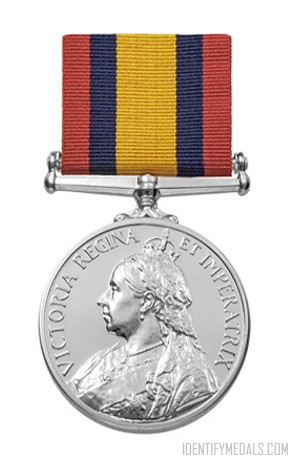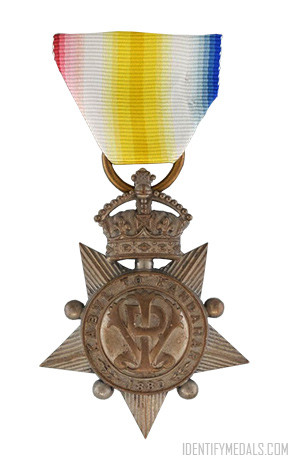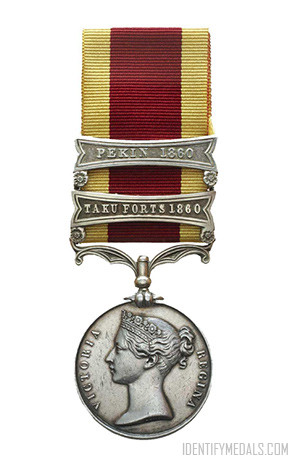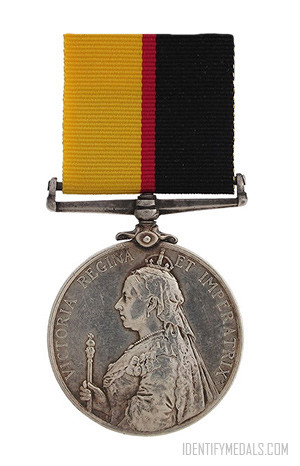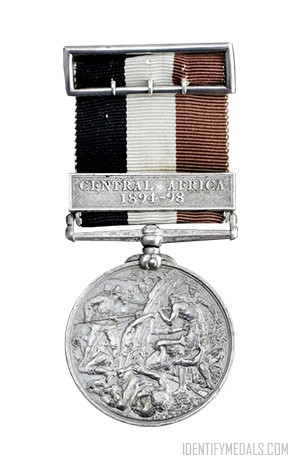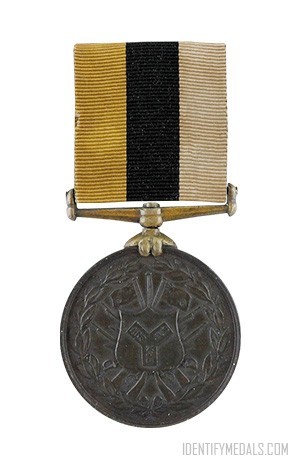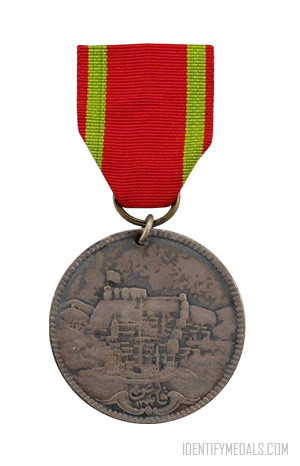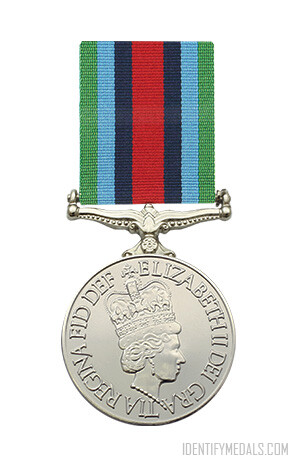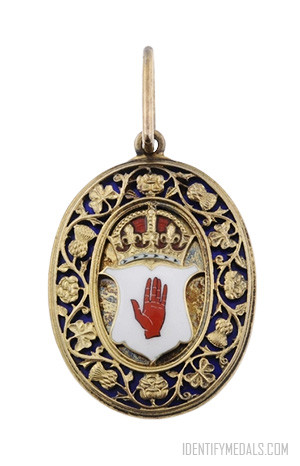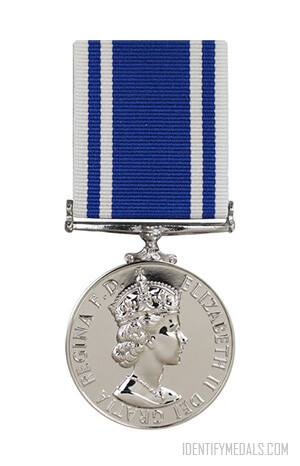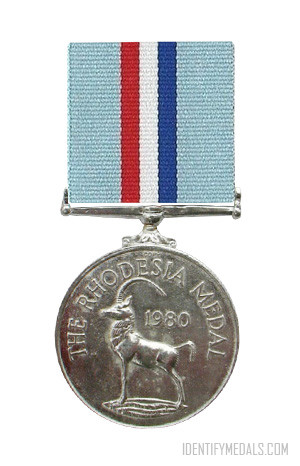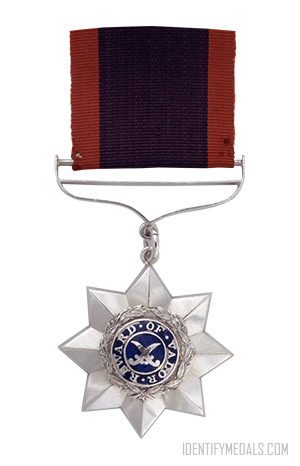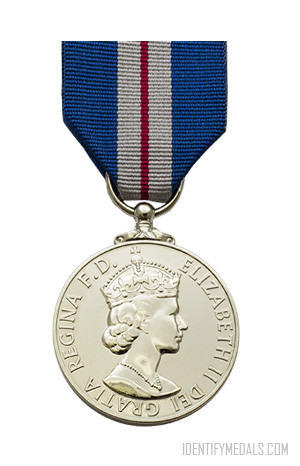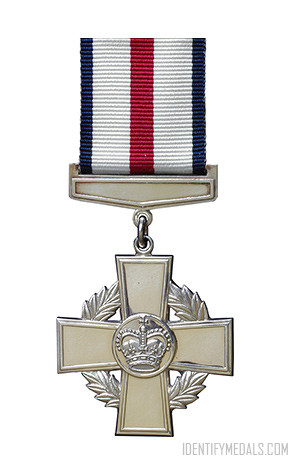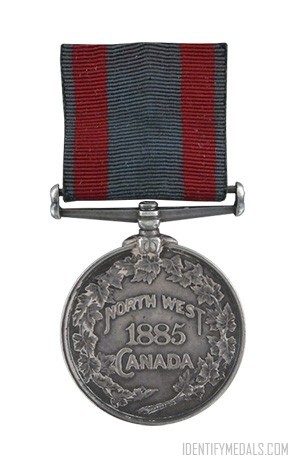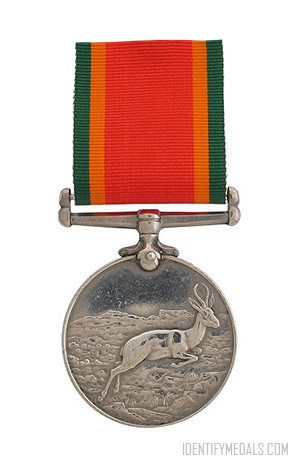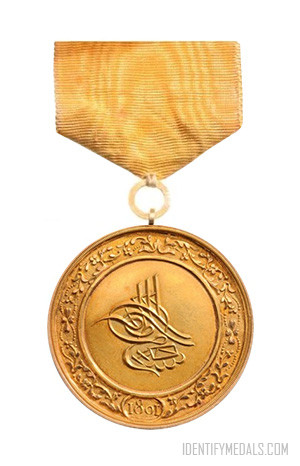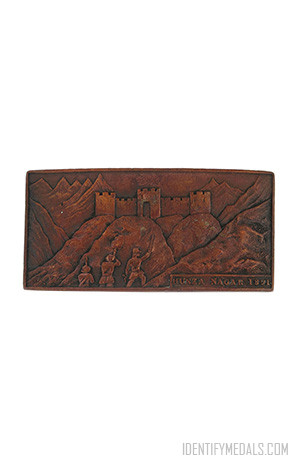- Time Period: Pre-WW1
- Year of Institution: 1900
Country: Great Britain, Australia
The Queen’s South Africa Medal is a military decoration of South Africa that was established in 1900. It was first presented to military personnel who fought in the Boer War from the 11th of October 1899 to 31st May 1902 and awarded to the British forces, the Royal Navy, the colonial forces; mainly from Canada, Australia, India, New Zealand, South Africa and civilians employed in official positions by the military.
The medal (without bar) was also presented to soldiers who guarded the prisoners captured in the Boer War at POW camp in St Helena. Those in the Mediterranean islands received the Queen’s Mediterranean Medal, and some troops on the ships received the Transport Medal.
Establishment:
The QSA was instituted by Queen Victoria in 1900 to honor soldiers and civilians who served in South Africa’s Boer War.
There are three known versions of the medal. Since it was expected the war would only last a short duration and conclude by 1900, the original medals were struck years 1899 to 1900 on the back.
Fifty medals were presented before it became apparent the war was not going to end any time soon. And so the remaining medals had the impressed years scrapped off. The third version of the QSA medal didn’t have the labeling of the years.
The soldiers who received this medal deserved it because they faced difficulties during the war. For instance, they fought against an enemy who was well prepared in terms of marksmanship and movement. The enemy was good at navigation and used horses to move around.
These combatants survived devoid of the basic necessities like food and water, while thousands perished from enteric fever. Casualties reached 50,000 during the war, but recent studies put the number at approximately 97,000.
A majority of those who were awarded this medal took part in the scorched earth policy during the last stage of the war that lasted twenty months. They adopted this strategy when it became clear the conventional way of fighting the enemy wasn’t working.
The Queen’s South Africa Medal Design
The QSA medal is made of silver and is about 1.5 inches in diameter. But there were versions made of bronze, which were issued to Indian non-combatants and other non-combatant groups who were in the military payroll. The silver medal was mainly awarded to the native soldiers.
Forward-face:
The front part shows a crowned and disguised model of Queen Victoria, facing the left.
Back side:
The back side was designed by G.W. de Saulles. It shows Britannia clutching at the Union Flag in the left hand and a laurel wreath on the right. In the background, soldiers can be seen marching from the coat towards the inland.
Towards the background in the left, you’ll notice two men-of-war and Britannia’s shield and Neptune’s Trident on the ground. In the top perimeter the words ‘South Africa’ is engraved.
Three versions of the back side exist;
- The first version is dated 1899 and 1900, with the wreath close to touching the letter ‘R’ in Africa.
- The years were later scrapped off both the dies and the remaining medals were still somehow visible.
- Minting was subsequently done with new dies, without the years and the wreath almost touching letter ‘F’ of AFRICA. This is the reverse adopted for the King’s South Africa Medal.
The Ribbons:
The Queens South Africa Medal is worn from its specific ribbon, which was first made from silk but after the 19th-century advancements, changed to cotton.
Furthermore, their colors are symbolic; the equal stripes of 1939 -1945 star are dark blue, signifying the service of the Merchant and Royal Navies, whereas red is for the Armies, and light blue for the Air Force.
The ribbon’s width varies but in general, it’s about 32mm wide. It has five stripes, each around 5 mm wide; red, dark blue, orange at the center, blue and red.
Eligibility:
Recipients of this medal are those who served from 11th October 1899 to 31st May 1902, after the British declared war against the German Empire and the armistice of 11th November 1918. Furthermore, this award was issued to the recipients of the 1914 0r 1914-15 star or those who received the British War Medal.
Clasps:
Also known as bars, clasps are common but not restricted. They are single-faced bars carried on ribbons and attached to the medal. They signify the service during particular battles.
They also have side flanges which makes it easy to attach to the medal and is riveted together to allow a new one to be added as earned.
Typically, the first clasp earned should be attached near the medal, whereas the last one earned attached at the top, but people wear them in the wrong order.
Naming:
The recipient’s details were impressed on the medal’s rim, and some officer’s medals had their details engraved.
Since its institution the Queen’s South Africa model has been awarded to more than 178,000 individuals.
More Union of South Africa Medals
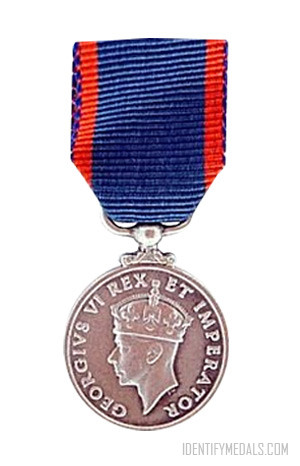
The Union of South Africa King’s Medal for Bravery
The Union of South Africa King’s Medal for Bravery was the country’s highest civilian decoration between 1910 and 1961.
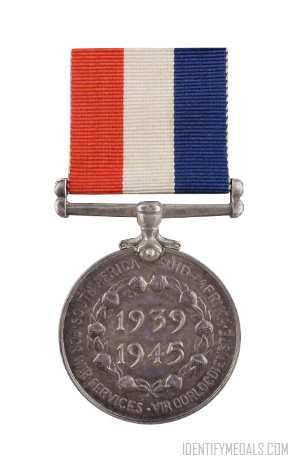
The South African Medal for War Services
The South African Medal for War Services is a service medal for voluntary unpaid service in support of the war effort during WW2.
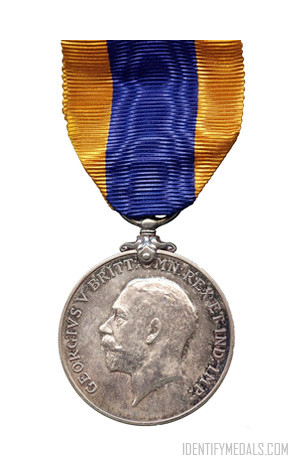
The Union of South Africa Commemoration Medal
The The Union of South Africa Commemoration Medal is a military and civil medal that commemorates the opening of the first Union Parliament.

